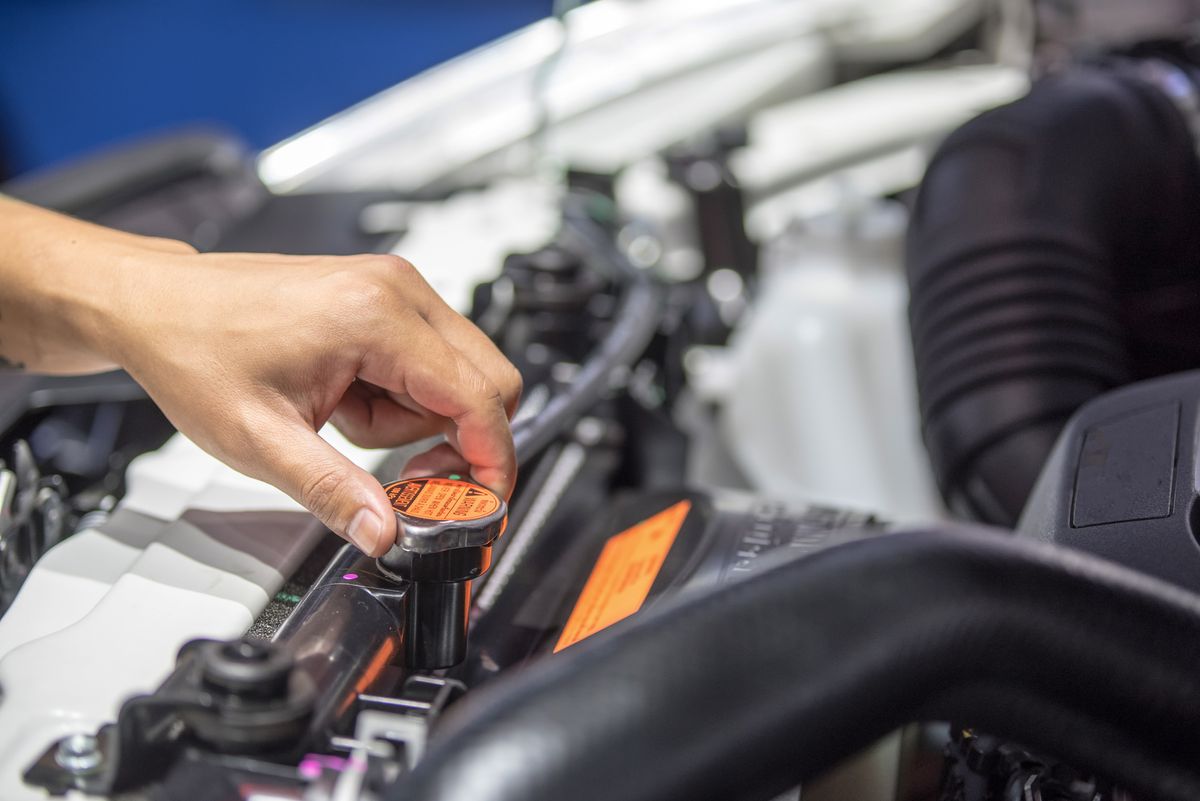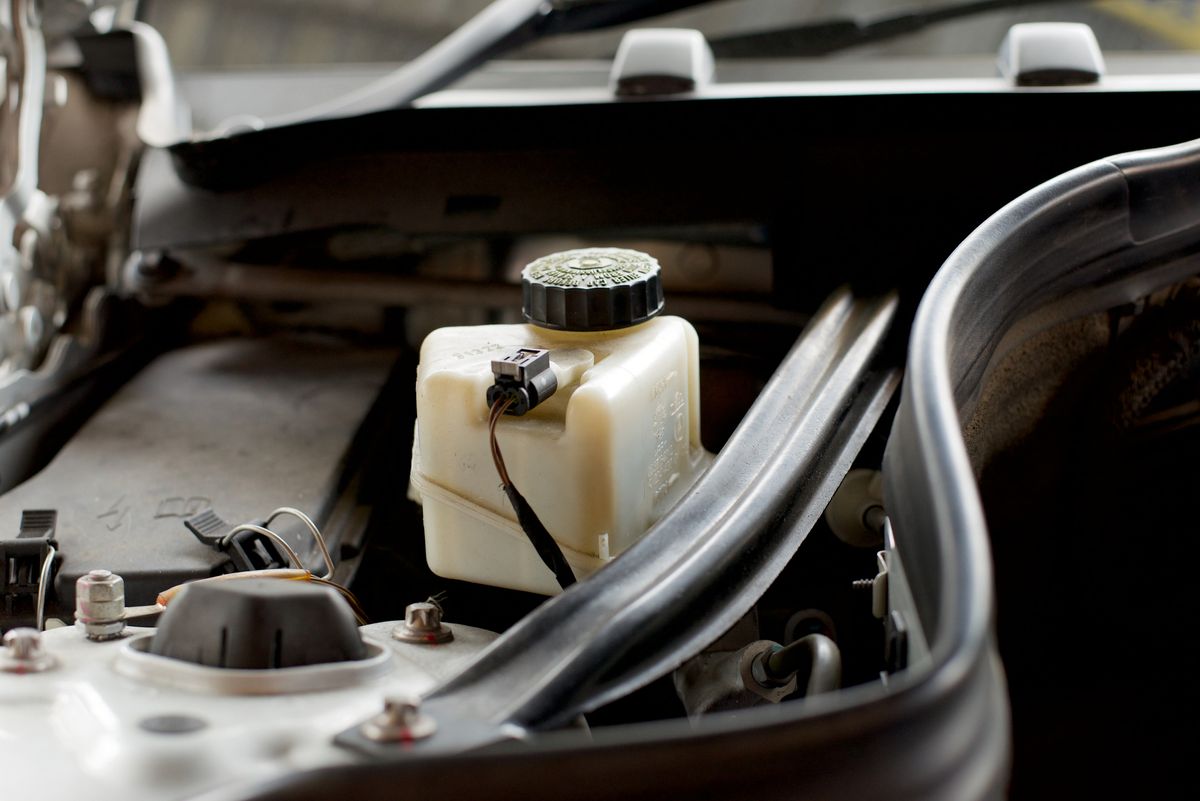
Understanding the common causes of radiator leaks can help you diagnose and repair the issue more effectively. In this section, we’ll delve into the most frequent reasons behind radiator leaks, including pinhole leaks, damaged radiator caps, and faulty seals and connections.
By knowing these common causes, you’ll be better equipped to address the problem and prevent future leaks.
Pinhole Leaks
Pinhole leaks are small leaks that result from corrosion within the radiator. These tiny leaks are usually caused by rust or damage to the interior of the radiator. Pinhole leaks can decrease the efficiency of your radiator, leading to overheating and potential engine damage.
To address pinhole leaks, it’s essential to regularly inspect your radiator for signs of corrosion and rust. If you discover any pinhole leaks, you should consider using a commercial leak sealant or radiator epoxy as a temporary fix. However, if the damage is too severe, the radiator may need to be professionally repaired or replaced.
Damaged Radiator Caps
A damaged or ill-fitting radiator cap can lead to leaking coolant and reduced cooling efficiency. Inspect your radiator cap for signs of wear and tear, such as cracks, dents, or corrosion. If your radiator cap is damaged, it’s important to replace it with a new one to prevent further issues.
To ensure the effectiveness of the radiator cap replacement, run the engine and inspect for any signs of coolant leakage from the radiator. Remember that an improperly sealed radiator cap can cause coolant loss, engine overheating, and severe engine damage, so it’s essential to address any issues with the cap promptly.
Faulty Seals and Connections
Seals and connections play a crucial role in maintaining a leak-free cooling system. Faulty seals and connections can result in a radiator leaking, which may be caused by age, wear, or incorrect installation. The loosening and subsequent leakage of union nuts connecting the water line and valve to the radiator is another common occurrence.
Recognizing and repairing faulty seals and connections is vital to ensure your cooling system’s proper functioning and efficiency. Regularly inspect your radiator, hoses, and connections for signs of wear or damage, and replace any faulty components as needed.






